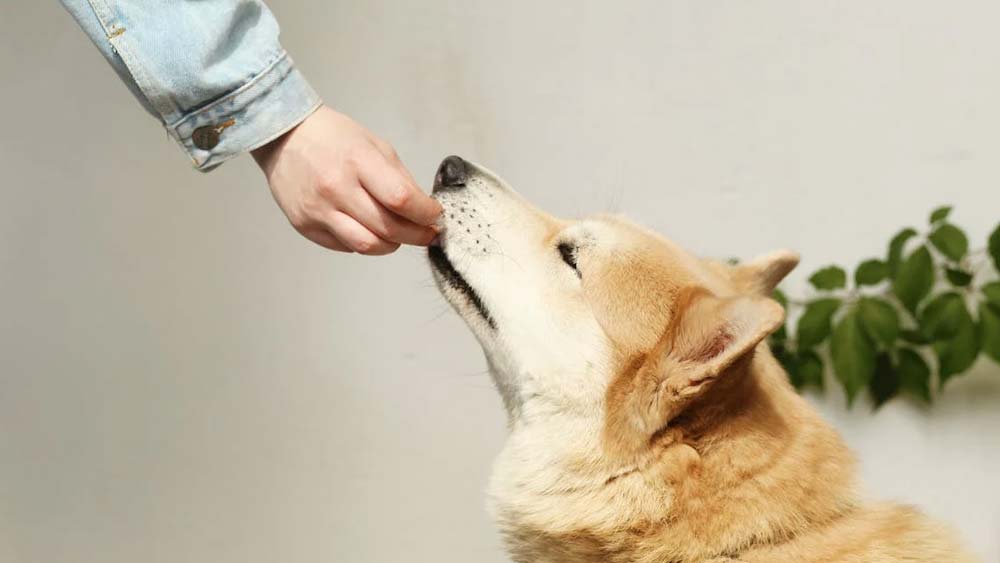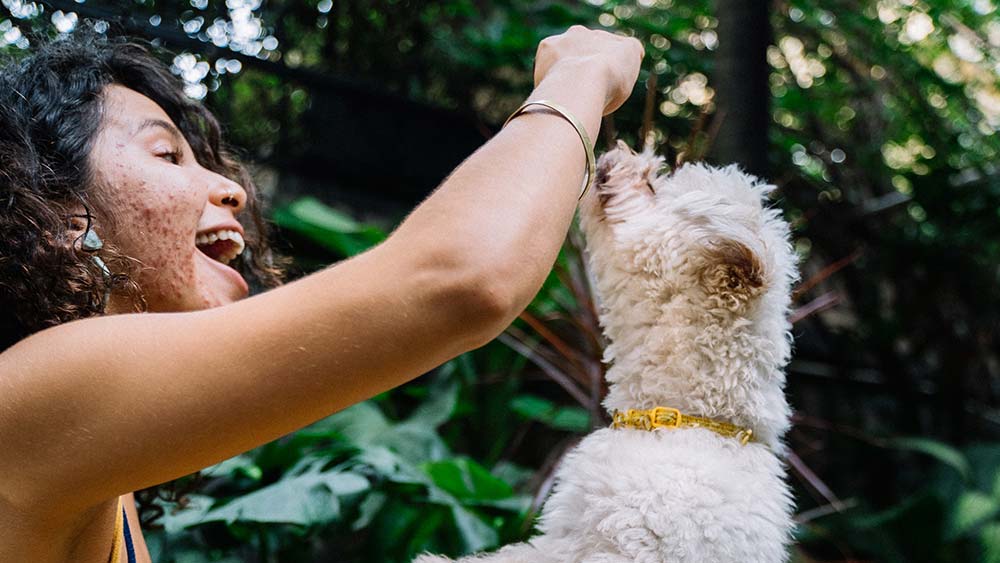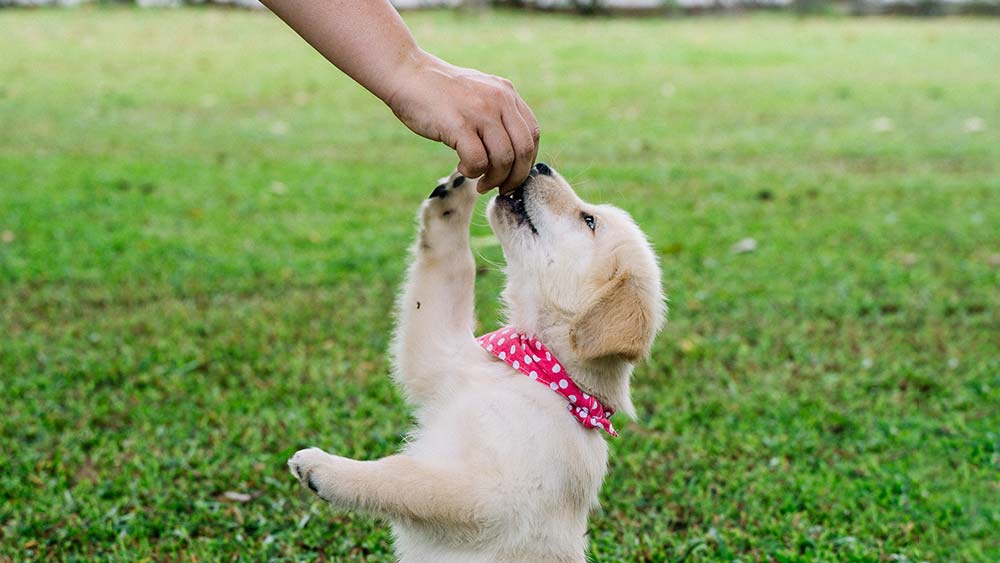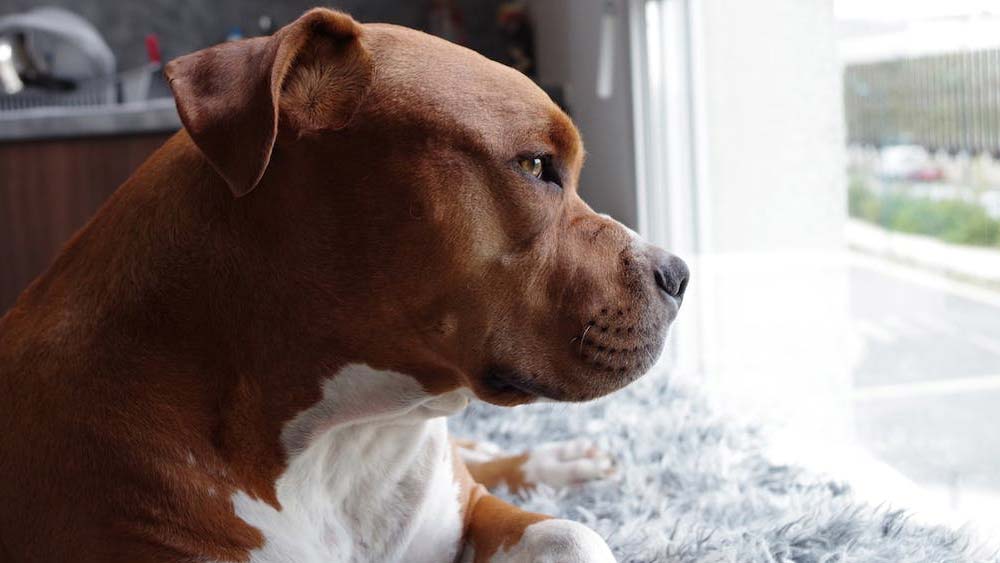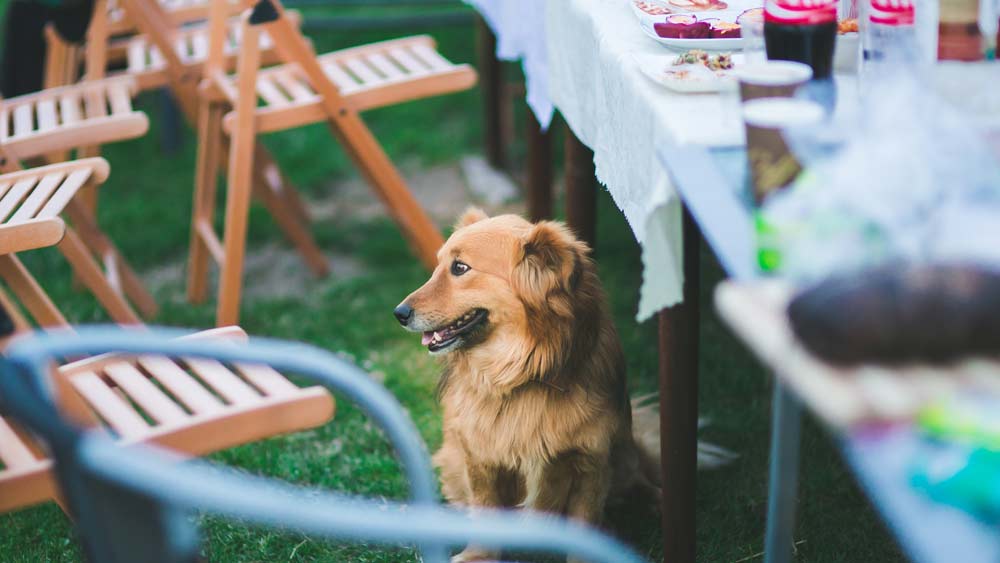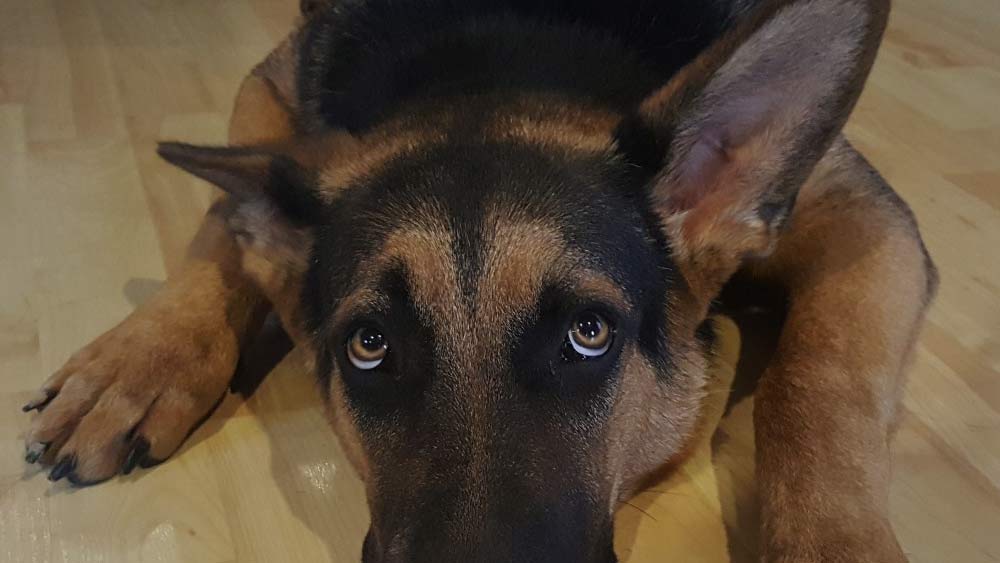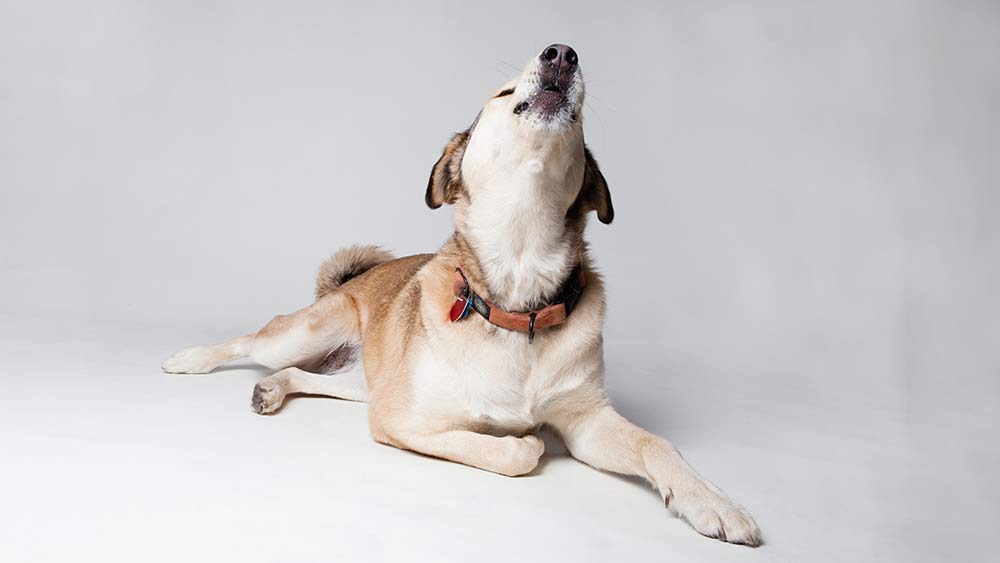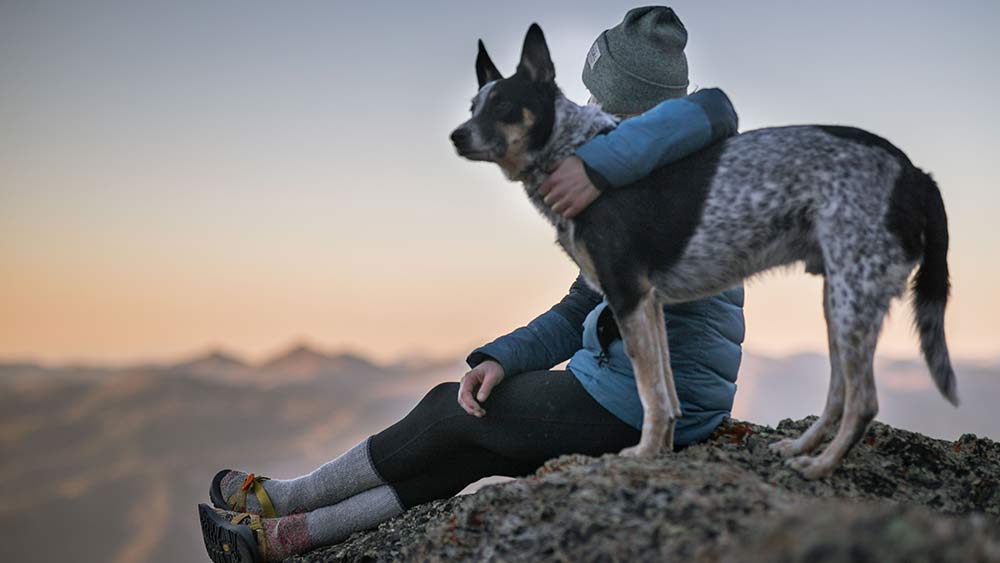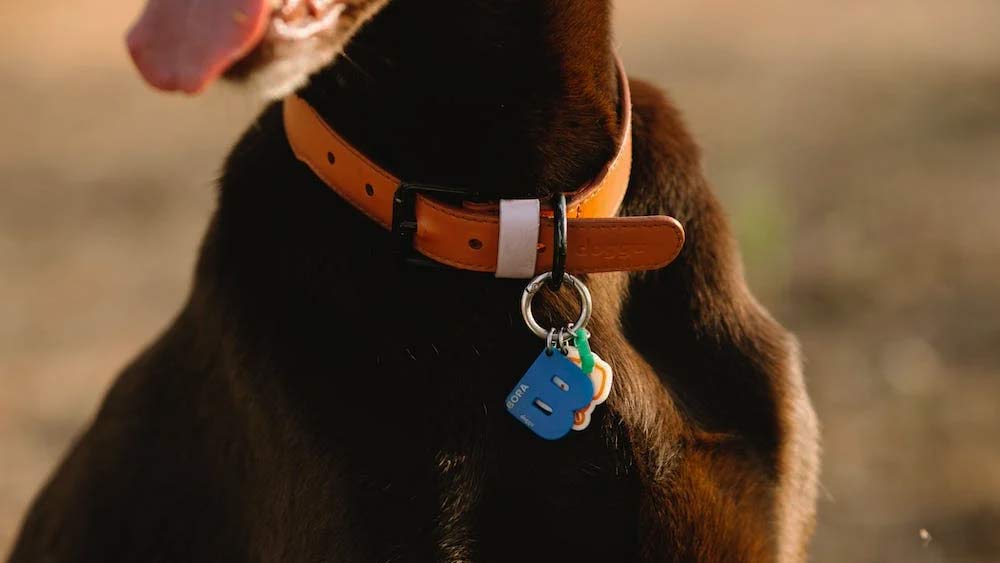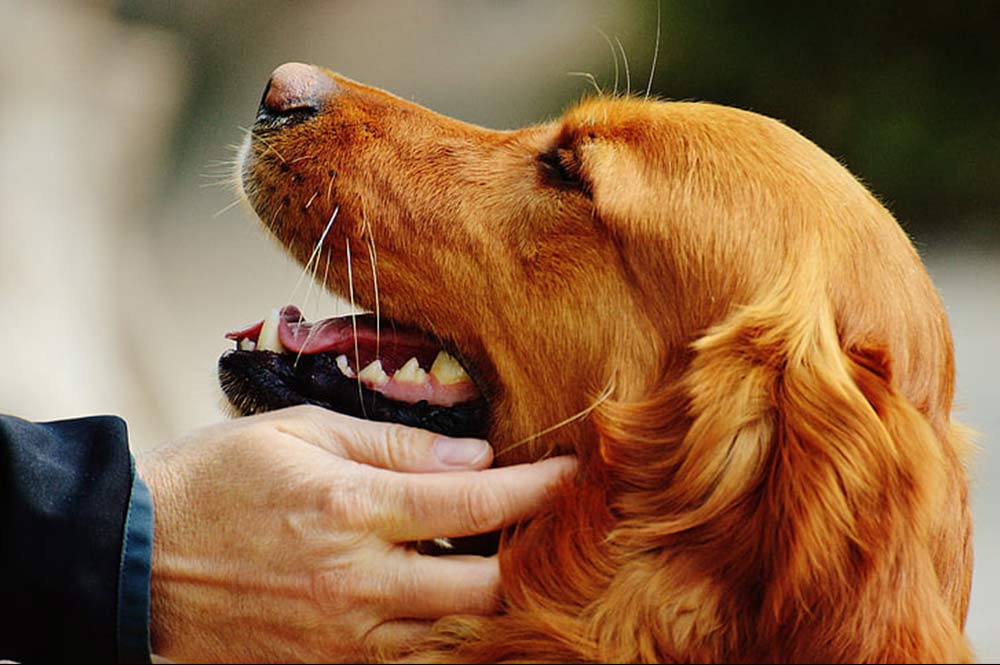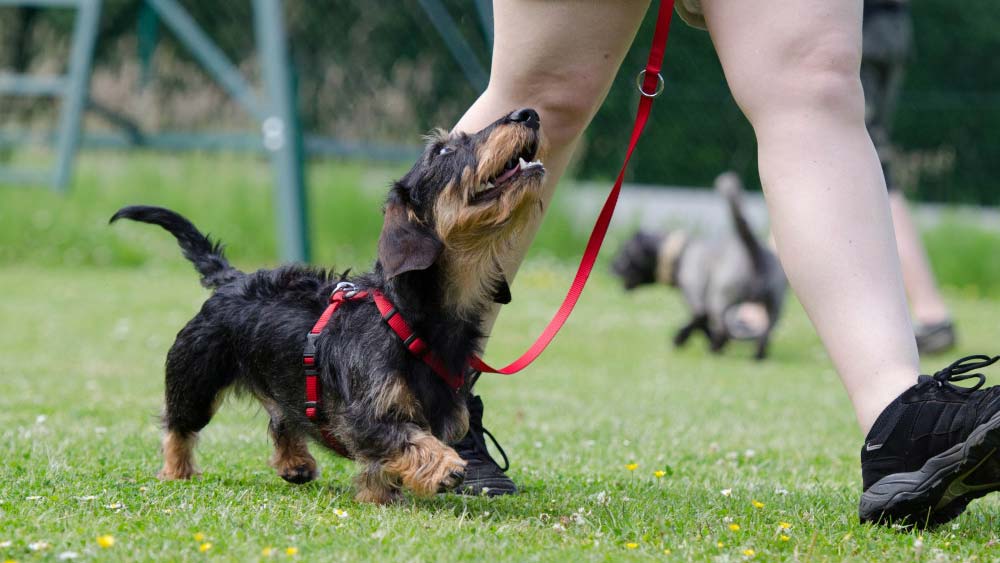If you have a dog, you already know that treats are essential to their life. Not only do treats give your pup something to look forward to after mastering a trick or behaving well, but they also give them the necessary nutrition to stay healthy and strong. But when is the best time to give your pup treats? And what kind of treat should you give them? These questions can be difficult for new pet owners and experienced ones alike. That’s why we’ve put together this comprehensive guide on how and when to give treats to dogs so that you can ensure your furry friend gets all the love (and snacks) they deserve!
Why Are Treats important when you own a dog?
Treats give your pup a sense of accomplishment and reward when they have done something well. This can help build their confidence and reinforce the positive behavior you want to see. Treats are also great for training, as it helps give them the incentive to learn new commands or stay focused on a task. On top of that, treats give your dog essential nutrition often lacking in regular meals.
When Is The Best Time To Give Your Dog A Treat?
The best time to treat your furry friend is after they have completed a task or behaved well. It should be given immediately so that the pup knows what it did right and is incentivized to keep doing it in the future. Additionally, you should make sure to give treats at regular intervals throughout the day. This helps keep your pup on a set schedule and gives them something tasty to look forward to.
How to give a dog treats?
The best way to give your dog treats is to give them one at a time. This will allow the pup to savor each bite and make it easier for you to monitor how much they are eating. It’s also important to give the treat with positive reinforcement, like verbal praise or a pat on the head, so they can associate good behavior with rewards.
When should you give your Dog treats?
Treats can be given throughout the day to reward good behavior, but you should never give too many in one sitting. As a general rule of thumb, no more than 10% of their daily caloric intake should come from treats. You can give treats at specific times, such as before or after training sessions, when they learn a new trick, or as part of their daily routine.
When Not to give a Dog treats?
It’s important to remember that treats should not be used as a bribe or reward for bad behavior. Give them verbal commands and positive reinforcement rather than rewards if your pup misbehaves. This will help them understand the difference between right and wrong and encourage better behavior in the future.
What kind of treat should you give a dog?
Regarding treats for your pup, the best options are typically natural and low in calories. These include things like fresh vegetables, lean meats, and whole-grain treats. Avoid giving them sugary snacks or processed foods, as these can lead to health problems down the line. Additionally, make sure that any treats you give are age-appropriate. Puppies tend to need more calories than adult dogs, so give them higher-calorie treats such as cheese and peanut butter.
How many treats per day for a small dog?
The number of treats you give your pup will depend on its size and age. For example, a small dog may need up to three small treats daily to make up for the 10% daily calorie intake. You need to monitor your dog’s calories to ensure that you are not giving it too many or too few treats daily. Remember, dogs love treats, so if you suddenly change their daily dose, there will be minor complications.
Make sure you give healthy small treats so they can enjoy more with fewer calories.
How many treats per day for a dog Medium Dog?
Give medium-sized dogs two to four small treats and one medium-sized treat per day. Again, you need to watch the calorie intake so that your pup does not get too much or too little of its daily dose. Remember, which treats you choose matters greatly because dogs can eat as many treats as you can give them. It is your job to monitor their weight and enthusiasm for these treats. If you give too many treats, a dog might think of it as regular food and will not work for it anymore.
How many treats per day for a Large Dog?
For large dogs, give two to four medium-sized treats per day. The same rule applies here with the medium-sized pup: watch the calorie intake and ensure that you are giving healthy and appropriate snacks. Large dogs may be more likely to overeat, so give them fewer treats in one sitting. Additionally, when giving larger breeds treats, keep them larger and give them less often. This will help to prevent your pup from overeating or becoming overweight.
How many treats per day for a puppy?
Puppies need more calories than adult dogs and can handle a higher proportion of treats. For puppies, give up to three small treats per day and monitor their weight closely. Additionally, give them age-appropriate snacks such as cheese or peanut butter rather than sugary snacks or processed foods. Remember that puppies may not understand the connection between a treat and good behavior, so give verbal commands and positive reinforcement rather than rewards.
Finally, give your pup treats in moderation to avoid health problems down the line. Treats are a great way to show your pup love and give them something to look forward to, but too many can lead to weight gain or other health issues. Monitor their calorie intake and give them healthy, age-appropriate snacks that they will enjoy.
Treats for puppies under 3 months of age should be avoided.
Following these guidelines can give your pup the treats it needs in moderation and with proper monitoring. Just remember that with any treat, give it love and always give verbal commands before rewarding them. This will ensure that your pup understands the connection between good behavior and treats and will encourage better future behavior.
Pros and Cons of giving dogs treats for no reason.
Pros of Giving Dogs Treats for No Reason:
- Shows love and affection to the pup
- Provides an extra source of motivation and reinforcement, particularly during training sessions. This can give the pup a sense of accomplishment and give them something to look forward to when learning new behaviors.
- Reinforces the bond between pet and owner, giving your pup something tangible that you give specifically for them.
- Allows owners to give their pets a bit of spoiling by giving treats that are out of the ordinary such as yogurt or peanut butter, which will give them a bit of a special treat every now and then.
- It can help break up the boredom that might occur during long days alone in the house for both pet and owner – giving treats can give your pup something to look forward to when you come home from work or school.
- Gives an easy way to reward good behavior without having to give verbal commands all of the time – sometimes, a piece of food is all it takes!
- As long as proper portion control is observed, giving treats can be beneficial health-wise. Some treats contain key nutrients such as omega-3 fatty acids and other important vitamins for a pup’s overall well-being. Additionally, certain types of treats (such as rawhide) can help keep teeth clean and exercise jaws against plaque build-up.
Cons of Giving Dogs Treats for No Reason:
- It may lead to overeating or obesity if not monitored properly. If a pup is given too many treats in one sitting, it may consume more calories than it needs, leading to an increase in weight gain. This could potentially cause health issues such as diabetes, joint pain, and heart disease if the pup continues to gain weight due to overconsumption of treats.
- This could lead to behavioral issues if treats are given too often as a reward instead of verbal commands. If dogs are only given rewards through treats, they may begin to rely on this method instead of responding to verbal cues from their owners. Additionally, rewarding them with food all the time can give them the impression that they don’t need to obey commands unless there is something in it for them.
- It could cause digestive problems due to an excess calorie intake and unhealthy ingredients in some snacks. Many store-bought treats contain harmful chemicals, preservatives, and additives that can give your pup upset stomachs or even diarrhea if consumed too often. Additionally, giving sugary snacks or processed foods can give your pup cavities or other dental problems due to the high sugar content.
- Treats should be age appropriate; giving young puppies treats that are too hard or large could be dangerous as they may pose a choking hazard if not chewed properly before being swallowed. Additionally, some puppies may have difficulty digesting certain types of snacks, so it’s important to watch for any signs of discomfort after eating them, such as vomiting or diarrhea.
The pros of giving your dog treats for no reason are that it will give them a pleasant surprise and give them the incentive to obey commands. Additionally, giving your pup extra love and attention with treats is always a nice gesture. The cons, however, are that you may give them too many treats, leading to obesity and health issues. Additionally, your pup may come to expect these treats as rewards rather than something special.
Overall, giving your pup treats for no reason should be done in moderation and with caution.
Treat training vs. non-treat training.
Training with Treats:
Benefits of Treat Training: Treats give dogs something to focus on and give them the incentive to obey commands. Additionally, treats give owners a way to reward their pup for good behavior without having to give verbal commands all of the time.
Cons of Treat Training: Dogs may rely on treats as rewards rather than listening to their owners’ verbal cues. Additionally, giving too many treats can lead to obesity or digestive problems if not monitored properly.
Non-Treat Training routine:
Benefits of Non-Treat Training: Non-treat training allows your pup to learn commands through verbal cues and will build trust between pet and owner since they know that they don’t have to rely on food rewards to obey orders.
Cons of Non-Treat Training: Non-treat training may take longer for dogs to learn commands or behaviors since there is no incentive. Additionally, some breeds of dogs may have a harder time focusing on verbal cues rather than treats.
Overall, both treat and non-treat training have their pros and cons. Finding the balance that works best for you and your dog is important.
Conclusion
In conclusion, giving dogs treats can benefit both pets and owners. It reinforces the bond between them, gives owners a way to give their pets something special from time to time, helps break up boredom during long days alone in the house, and provides an easy reward system without having to give verbal commands all of the time and offers key nutrients that are important for overall well-being. However, it is important not to give too many treats at once as this could lead to overeating or obesity if not monitored properly, which may cause health issues such as diabetes, joint pain, and heart disease. Treats should also be age-appropriate so they don’t pose choking hazards or digestive problems due to unhealthy ingredients in some snacks. Lastly, treat training vs. non-treat training should always take into consideration when giving your pup rewards with food, either by giving verbal cues first before offering a snack or using alternative methods other than food rewards altogether. Following these guidelines will ensure that you provide your pup with healthy treats while reinforcing good behavior!

